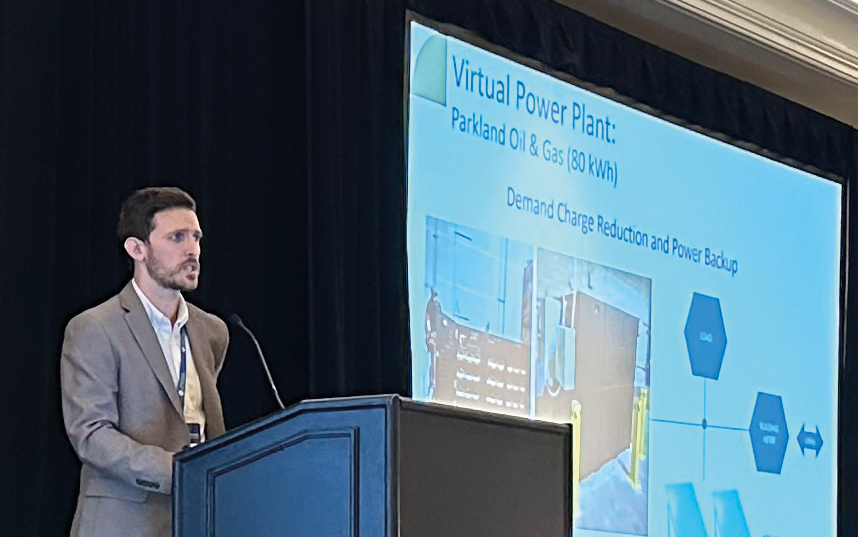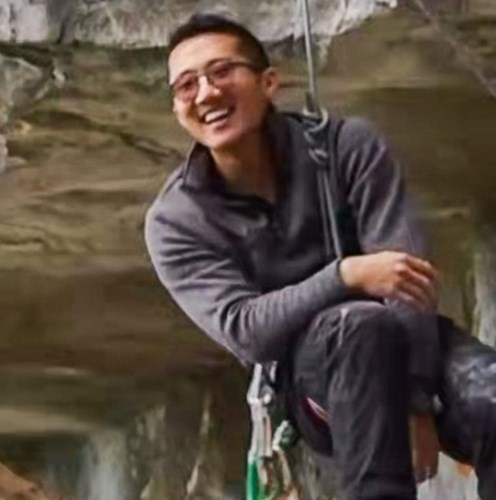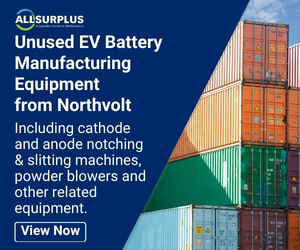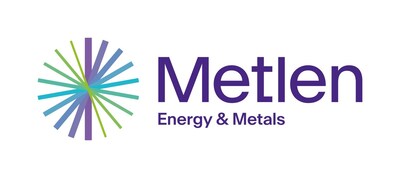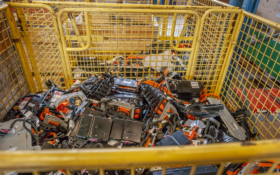Dr. Josef Daniel-Ivad, manager of the Zinc Battery Initiative industry body, provides an upbeat assessment for zinc batteries.

Zinc batteries are generating confidence in 2024. This follows promising market outlooks announced at the 2024 annual International Zinc & Zinc Oxide Conferences, the forming of key commercialisation partnerships and a full slate of upcoming demonstration projects designed to prove the value of this sustainable, safe, and scalable technology.
Leading zinc battery producers and developers have joined the International Zinc Association’s Zinc Battery Initiative (ZBI), designed to promote the benefits and applications of the many unique zinc chemistries.
Association members representing all links of the battery supply chain met in February in Orlando, Florida, for the annual international conference. The forecast for zinc’s role in the energy transition, including energy storage as well as solar and wind power, is extremely positive.
Damian Lopusinski, who leads McKinsey & Company’s Zinc Commodity Group, told delegates that the amount of zinc used in batteries – combined with zinc used to galvanise solar panels and wind turbines – is predicted to increase from 380 kilotonnes in 2023 to 540–620 kilotonnes by 2035.
More promising news comes from the Shanghai Metals Market’s Yanchen Wang, who addressed the energy demands in China, which increased investment in power generation by 34% last year.
The demands for sustainable energy storage have escalated as wind power-generating capacity has tripled and solar power generating capacity has increased nine-fold during the past four years. These new wind and solar growth assessments highlight the need for commensurate development in energy storage, he said.
Battery projects
Following these projections, Brendan Hawkins of Urban Electric Power (UEP) presented his company’s growing list of battery storage projects, including installing a 2MWh BESS with the New York State Energy Research and Development Authority and a 5MWh BESS with the US Department of Energy. The batteries are in production and due to be installed in 2025.
UEP’s zinc-manganese batteries are highly recyclable, an additional benefit over other energy storage alternatives.
It also reported the five-year results from its 13kW solar microgrid project with the Navajo Tribal Utility Authority in the Arizona desert, in which UEP’s batteries provided a 10% improved discharge energy retention when compared to that of lithium-ion batteries at 40°C.
That proves that zinc batteries can keep cool in the most challenging of environments.
The previous week at NAATBatt 2024 in Carlsbad, California, more than 800 battery developers attended to share industry updates. The 25% growth in attendance reflects both the growth and optimism across the energy storage industry. ZBI members were there too.
New partnerships
Nickel-zinc battery producer AEsir Technologies recently announced an alliance with Celgard, a provider of battery separator technology. Celgard will provide AEsir with separators for both its current work and its new gigafactory planned for 2024. AEsir’s batteries are used in aviation, data centres and defence applications.
Nickel-zinc producer ZincFive recently announced a partnership with Advanced Power & Energy and Kaizen Clean Energy to develop a battery charging network for EVs in California and Pennsylvania.
ZincFive has also joined forces with Econolite to license its uninterruptible power supply technology for traffic management solutions across the US. Last November, it introduced new UPS battery cabinets with a compact footprint for data centres. They are suitable for the new high-power AI computing demands.
Financial backing from DOE
Zinc battery developers are also getting financial backing from the US Department of Energy (DOE) for multimillion-dollar demonstration projects.
E-zinc is partnering with Sandia National Lab to demonstrate its zinc-air batteries’ ability to provide energy during power safety shutoffs from the local utility, providing 500kW of power over a 24-hour period in data centres.
Zinc-bromine battery producer Eos Energy Enterprises has received DOE funding to install its 10-hour duration batteries at numerous sites in the Pacific Northwest and Upper Midwest regions. The DOE Loan Program Office also has provided a $398 million conditional loan to fund the expansion of Eos’ factory in Turtle Creek, Pennsylvania, with the goal of building 8GWh of energy storage production capacity.
Another zinc-bromine battery producer, Australia-based Redflow, has been tapped to provide battery installations across the US, including a 34.4MWh project at the Valley Children’s Hospital in Madera, California. It is designed to replace diesel generators with zinc batteries and solar power.
The US Department of Defense is funding Redflow to provide energy storage at the Stewart Air National Guard Base in New York, while the California Energy Commission is funding Redflow’s construction of a 20MWh energy system for a solar and storage project for the Paskenta Band of Nomlaki Indians.
We believe the recent spate of government funding serves as a persuasive endorsement of zinc batteries’ inherent value and outstanding performance, also evidenced by a growing number of partnerships and new market outlooks.
More projects, whether funded by government or private sources, are expected throughout 2024 and the coming years, as zinc batteries find a permanent and growing position in the energy storage landscape.
The International Zinc Association said DOE leaders are meeting players from the entire zinc value chain – from mining to processing, battery developers, manufacturers and recyclers – to discuss how the government can accelerate zinc batteries’ commercialisation.
The event was due to be held at the University of West Virginia in April.
Photo: Brendan Hawkins of

